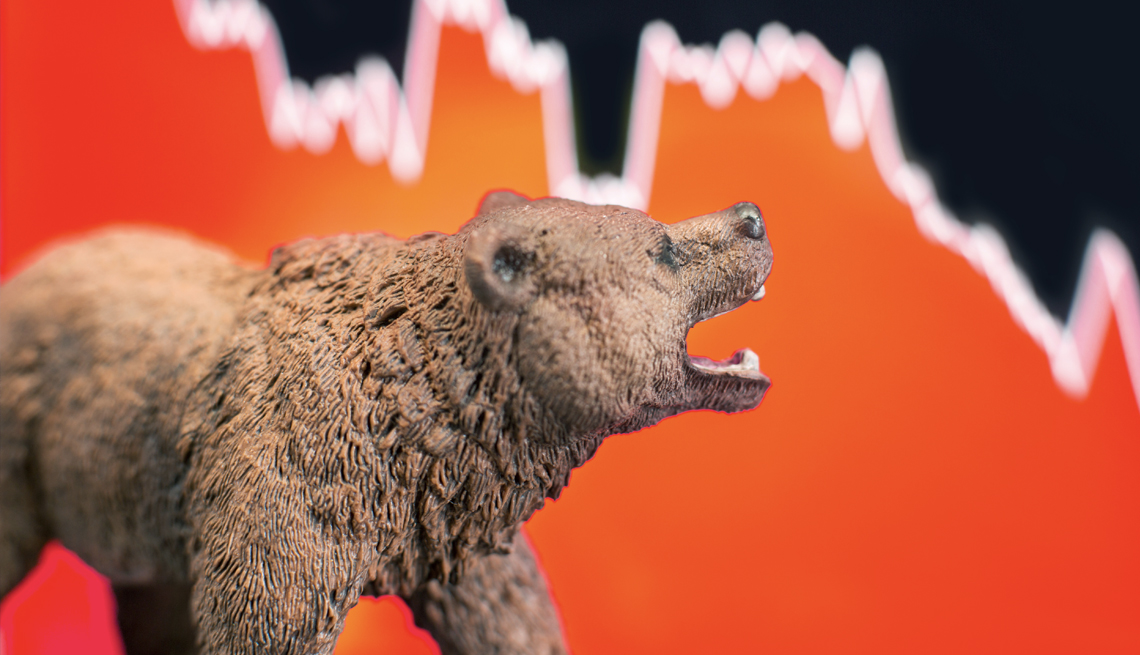
Why taking regular withdrawals from a retirement account can be a mistake
- Select a language for the TTS:
- UK English Female
- UK English Male
- US English Female
- US English Male
- Australian Female
- Australian Male
- Language selected: (auto detect) - EN
Play all audios:

Consider a luckless investor who retired in October 2007, the start date of an epic bear market. He took $333 a month from his $100,000 account. By the end of the bear market in March 2009,
his fund had lost about $50,000 — and he had reduced his portfolio by another $7,506 through withdrawals. By August 2022, his account would lag the untapped fund by more than $95,000 — not
counting the $59,607 he had taken since he first began his withdrawals. And this scenario assumes he did not adjust his withdrawals upward for inflation, something that he would probably
have to do. WHAT TO DO Rather than take regular amounts from a stock fund, set aside about a year’s worth of withdrawals in a money market fund. In a $100,000 portfolio, that would be about
$4,000; an ultracautious investor could set aside $8,000, enough for two years’ worth of withdrawals. (The average bear market lasts about 10 months.) Invest the rest of your portfolio in a
mix of stock and bond funds. The mix depends on how much risk you can stand. A typical mix commonly recommended by financial advisors for those around retirement age is about 60 percent
stocks and 40 percent bonds. Once a year, review your holdings, and replenish your money market fund from the fund that has gained the most (or lost the least). “So, for example, this year
we are getting funds from things that have increased, such as energy [stocks], but later you may rebalance by taking future withdrawals from other asset classes,” says Mark Bass, a certified
financial planner in Lubbock, Texas. If your portfolio has strayed from its initial allocation between stocks and bonds, you’ll need to rebalance, CFRA’s Stovall says. If you had set a mix
of 60 percent stocks and 40 percent bonds for the portion of your fund that’s not in reserve for withdrawal, you’ll have to sell some of your winning holdings and add to your losing
holdings. That’s not easy, especially after a bear market. The current bear market started in January 2022, and we’re still in one. Typical bear markets last around 10 months. To return to
bull market territory, the S&P 500 index would have to rise 20 percent from its bottom and stay there for six months, Stovall says. Until then, be as cautious as your budget allows
about taking withdrawals from your stock funds, and if you’re in an automatic withdrawal plan, monitor it closely.
